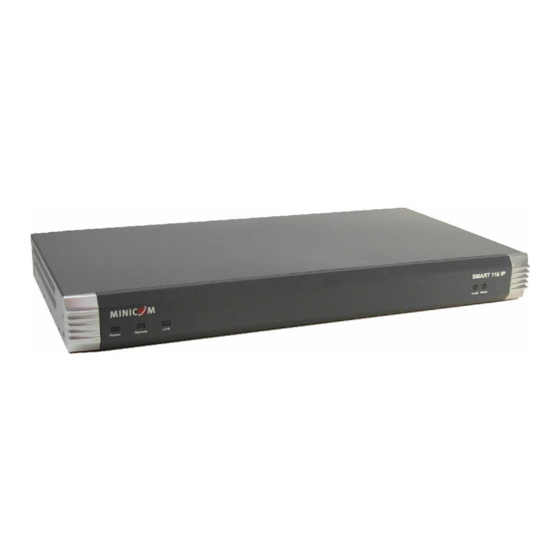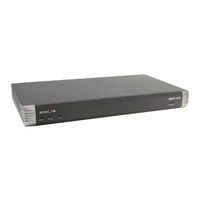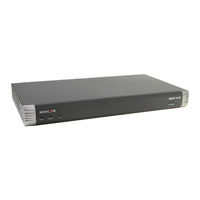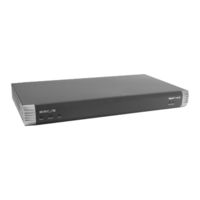
Minicom Minicom Smart 116 IP KVM Switch Manuals
Manuals and User Guides for Minicom Minicom Smart 116 IP KVM Switch. We have 6 Minicom Minicom Smart 116 IP KVM Switch manuals available for free PDF download: User Manual, Start Manual, Quick Start Manual
Minicom Minicom Smart 116 IP User Manual (92 pages)
Brand: Minicom
|
Category: Network Hardware
|
Size: 2 MB
Table of Contents
Advertisement
Minicom Minicom Smart 116 IP User Manual (62 pages)
Minicom Advanced Systems Smart 116 IP User Guide
Table of Contents
Advertisement
Minicom Minicom Smart 116 IP Start Manual (2 pages)
Quick Start Guide for 0SU70030 / 0SU70032 KVM Switches 933208
Table of Contents
Advertisement





